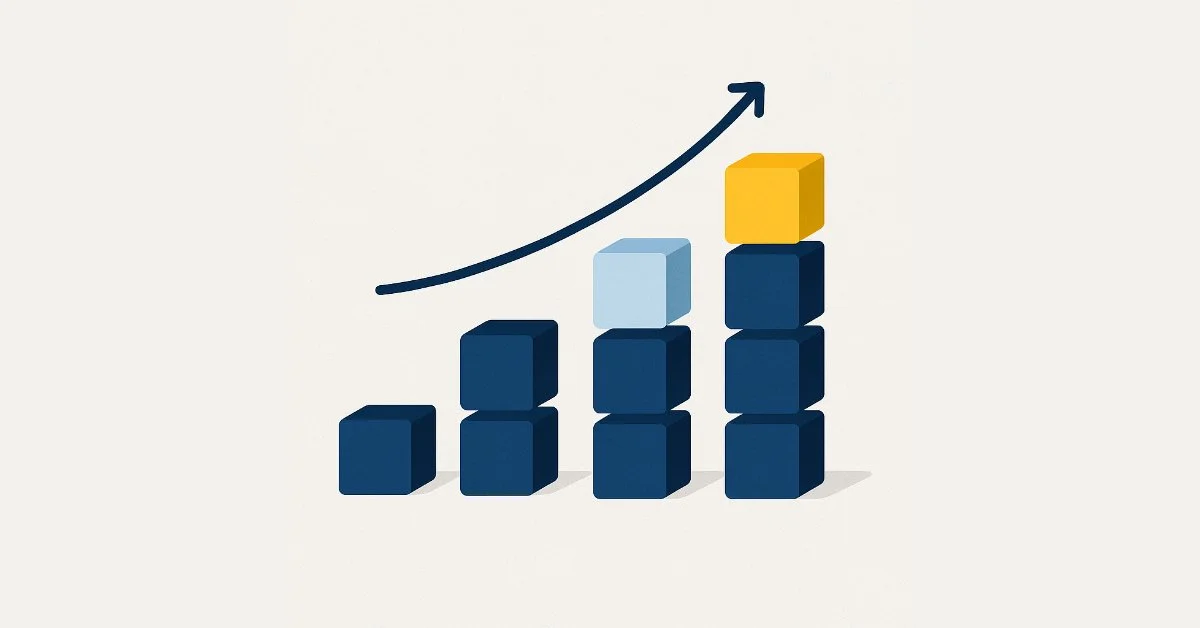The Lifecycle Testing Playbook: What to Test, When to Test It, and How to Scale What Works
Testing is the engine that lifts lifecycle performance from good to exceptional. You already know tests matter. The challenge is knowing what to test first, what delivers the highest impact, and how to structure testing so it compounds over time. Many teams test randomly or test only when something is broken. High-performing brands follow a testing playbook built around lifecycle stages, customer intent, and the specific levers that drive conversions.
This guide gives you that playbook. You will learn how to prioritize tests, how to choose the right testing windows, and how to build a testing system that produces reliable improvements across channels. Whether you are running email campaigns or cross-channel lifecycle marketing programs, this approach helps you make smarter decisions with less guesswork.
The Mindset Behind a High-Impact Lifecycle Testing Strategy
Testing is not about throwing variations into the wild and hoping something wins. It is a structured process rooted in customer lifecycle management. The most successful lifecycle marketing programs operate with three principles:
1. Test to learn, not just to lift
Short-term wins matter, but insights that change how you communicate across the entire lifecycle matter more. Each test should teach you something reusable.
2. Test based on intent
Different lifecycle stages require different levers. A post-purchase flow demands a tone and CTA test. A win-back needs a value proposition test. A welcome series needs message hierarchy tests. Intent should always drive the experiment.
3. Test in season
Testing windows matter. You learn different things during high-volume moments versus quieter periods. The key is knowing when to explore and when to optimize.
What to Test in Acquisition Flows
Acquisition flows bring in first-time customers. These flows often have the highest visibility and longest lifespan, making them ideal for structured testing.
Test 1: Subject lines and preview text
These tests are fast, high-volume, and often produce early wins. Start here. Experiment with curiosity, value-forward hooks, and benefit clarity.
Test 2: Message hierarchy
Many welcome emails bury the main action. A hierarchy test shifts sections: value proposition first versus offer first versus product story first. This is a reliable way to increase conversions.
Test 3: Timing and cadence
Test shorter versus longer welcome sequences to see which captures more first purchases or sign-ups. This is especially important for email marketing and marketing automation strategy work.
What to Test in Conversion Flows
Conversion flows convert intent into revenue. The stakes are high, and the lift potential is significant.
Test 1: Value proposition and offer framing
Test how you communicate the offer. Percentage versus dollar discount. “Buy now” versus “Claim offer.” Product benefits versus customer outcomes.
Test 2: Social proof placement
Test where reviews or testimonials appear. Top, middle, or near the CTA. Many brands see dramatic improvements when social proof moves earlier.
Test 3: Cross-channel orchestration
Test whether adding SMS, push, or ads increases conversion. Make sure attribution is clean and cohorts are isolated. For brands using a lifecycle marketing agency or marketing automation services, this test often generates huge insights.
What to Test in Post-Purchase and Loyalty Flows
Retention often has the highest ROI but receives the least testing attention. This is where you can stand out.
Test 1: Follow-up timing
Some customers respond best to immediate nurturing. Others respond best after a delay. Test your follow-up intervals to learn which timing aligns with your audience’s behavior.
Test 2: Personalization depth
Light personalization versus behavior-based personalization. This includes browsing, category interest, lifecycle stage, and purchase frequency. Use automated marketing solutions to run these tests at scale.
Test 3: Ask versus tell
Test education-focused messages versus recommendation-focused messages versus community-focused follow-ups. The winning pattern reveals what keeps your customers engaged long-term.
What to Test in Win-Back and Re-Engagement Flows
Inactive customers give you clarity because they show what is not working. Testing helps uncover what still resonates.
Test 1: Incentive versus no incentive
Test whether an incentive improves engagement or if a refreshed message is enough to re-engage lapsed customers.
Test 2: Direct versus empathetic messaging
Some audiences respond to concise, direct copy. Others respond to a more human check-in. Test both angles.
Test 3: Multi-channel triggers
If re-engagement emails underperform, test using dynamic audiences for ads or direct SMS prompts. This is especially effective for brands working with an email marketing agency that supports a cross-channel strategy.
When to Test (and When Not to Test)
Not all moments are good testing moments. Choose your windows intentionally.
Good testing windows:
Non-peak seasons when traffic is predictable
Consistent weeks with stable promotions
When introducing a new lifecycle stage
During experimentation sprints
Avoid testing when:
Your brand is running overlapping promotions
Traffic is unusually low or unusually high
You are implementing major product changes
Attribution will be noisy due to paid media spikes
Your goal is to learn in stable environments, then scale your winning tests during peak moments.
Building a Scalable Lifecycle Testing Roadmap
To get compounding improvements, build a simple, recurring structure:
Step 1: Prioritize tests by ROI and volume
Start with high-volume flows. Welcome, cart abandonment, browse abandonment. Save loyalty and win-back for phase two.
Step 2: Run one experiment per stage at a time
This keeps attribution clean. It also ensures your email marketing experts or internal team can interpret the results clearly.
Step 3: Document every test
Track hypothesis, variant, result, and insight. Even a losing test produces valuable learning for your marketing automation strategy.
Step 4: Operationalize what wins
Immediately roll winning elements into future campaigns and automated flows. This is where the compounding effect happens.
Step 5: Revisit winners quarterly
Customer behavior shifts. Testing is not a one-and-done activity.
Sample Quarterly Lifecycle Testing Calendar
Below is an example structure that any brand can adopt.
Quarter 1
Welcome hierarchy test
Browse abandonment personalization test
Value proposition test for conversion-heavy flows
Quarter 2
Cross-channel orchestration test
Post-purchase timing test
Loyalty sequence CTA test
Quarter 3
Re-engagement incentive test
SMS timing test
Product recommendation test
Quarter 4
Holiday messaging test
Email/SMS send-time tests
Offer framing test
This creates predictable improvement cycles without overwhelming the team.
Conclusion
Testing is not just a tactic. It is the system that powers lifecycle performance. When you test the right things at the right times, you create predictable insights, scalable improvements, and communication patterns that resonate with your customers at every stage. Whether you manage programs in-house or work with a lifecycle marketing agency, a testing playbook ensures you make decisions based on evidence rather than instinct.
Adopt this framework, keep your testing simple, and let compound learning drive long-term lifecycle success.

